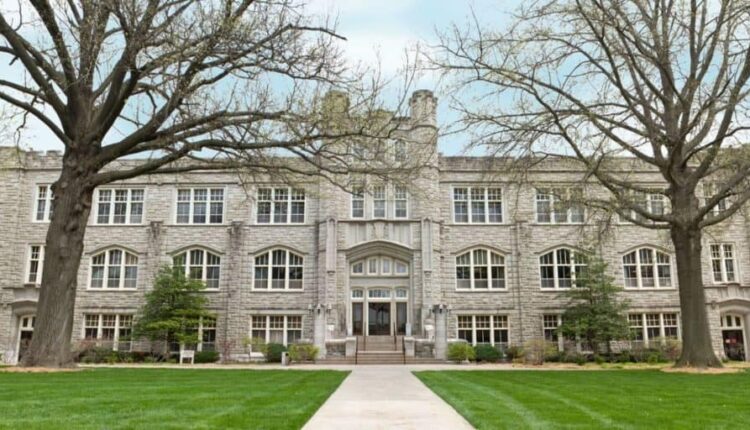University of Central Missouri: Invitation to City Leaders Provides Opportunity to Increase Understanding of Skyhaven’s Role as Regional Airport From Ground, Birds-eye Perspectives
While the University of Central Missouri’s Max B. Swisher Skyhaven Airport has a long history of preparing students for aviation careers, the university is working with community leaders to give them an up-close and birds-eye perspective of the airport and its role in serving local and regional aviation needs.
To help accomplish this goal, Airport Manager Benjamin West recently invited members of the Warrensburg City Council to visit the airport for a tour of the ground facilities and to also experience flying in a university airplane as a way to learn more about the facility. City Councilman Tarl Bentley became the first city leader to take advantage of West’s invitation when he met with him and other airport personnel on Tuesday, Feb. 8. The councilman’s visit took place a few weeks prior to a meeting that is planned in March that will engage a committee of county governance leaders, business and economic development professionals, and university members in discussing the development of the airport’s Master Plan.
“It basically tells us what we are going to do for the next five to 10 years with the airport,” West said. “The business plan will tell us how we are going to work with the region and the city and county.”
He stressed that it is import for UCM to develop a strong working relationship with the city of Warrensburg and Johnson County in order to learn how the airport can better serve community stakeholders. This includes local pilots, as well as business, industry and government which have aviation needs. Skyhaven is an economic engine, West said, and “if we are more of public use airport, we can attract more businesses.”
“This airport needs to grow, not only for the university, but as a public-use airport. We get federal and state funds to be a regional-use airport,” he said, adding that many government grants available for airport development are tied directly to serving the region’s aviation needs.
Flight Instructor Michael Keller piloted the Cessna training airplane that took Bentley about 4,000 feet above ground. They soared over the airport and looked at prominent landmarks as they traveled over Warrensburg.
Following his flight, Bentley said this was the first time he had flown in an aircraft that was not a commercial jet. While doing so, he noted, “I learned a lot about what the pilots go through and the training, so it’s been a very good experience.”
“I have marked this off my bucket list,” he joked.
The university, which has operated an airport and provided aviation training for more than 50 years, has received private, federal and state funding to help build a 10,000 square-foot educational and terminal structure that will serve as an academic facility and include public spaces such as a pilots lounge and round-the-clock restroom facilities. In recent years, development at the airport included the construction of three new hanger facilities, each supporting up to 10 aircraft.
West said adding hangars for corporate aircraft, along with 24/7 fuel service, removing wooded areas which can attract animals, improving outdoor lighting, and repaving roadways, are possible future improvements which he believes should be considered in order to help maximize the airport’s potential in serving university and regional aviation needs.
While such developments may be proposed in the future, the university’s Board of Governors in recent months took action in support of new development that will improve the airport’ capability as an education/community-use facility. On Oct. 29, 2021, it approved amending a contract with McCownGordon Construction, Kansas City, to expand the scope of a design-build project originally budgeted at $2.8 million to $5.1 million to produce conceptual designs, final design, construction documents, site work and construction of the new educational and terminal building. Additional state funding, HEERF funds and donor gifts allowed the university to move forward from building only a “shell” structure with some finished space, as approved in October 2020, to a more extensive facility.
Additionally, to comply with grant assurances and ensure receipt of federal funding for future development, Skyhaven Airport is required to have an updated, approved Airport Layout Plan on file with the Federal Aviation Administration. During its October 2021 plenary session, the board approved awarding a contract for the Skyhaven Airport Master and Airport Layout Plan (ALP) project to Crawford, Murphy & Tilly Engineers and Consultants in the amount of $564,000. This will provide a scope of services required for completion of the Master Plan Update including the ALP.
With these recent actions and efforts to build upon relationships with community stakeholders, Skyhaven Airport is poised to not only continue on its longtime commitment to training tomorrow’s professional pilots and airport managers, but also serving as an important hub for local, county and regional aviation.

